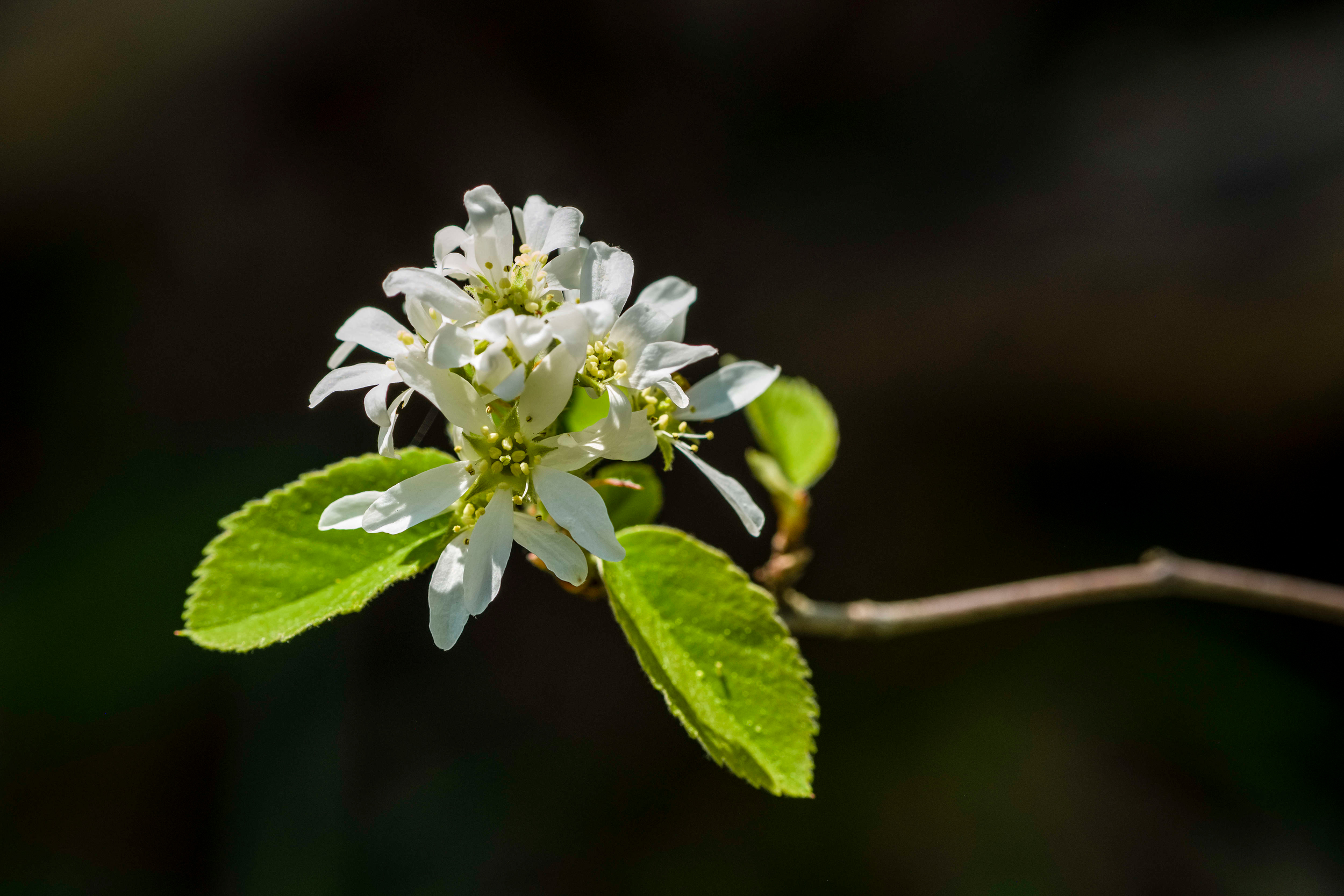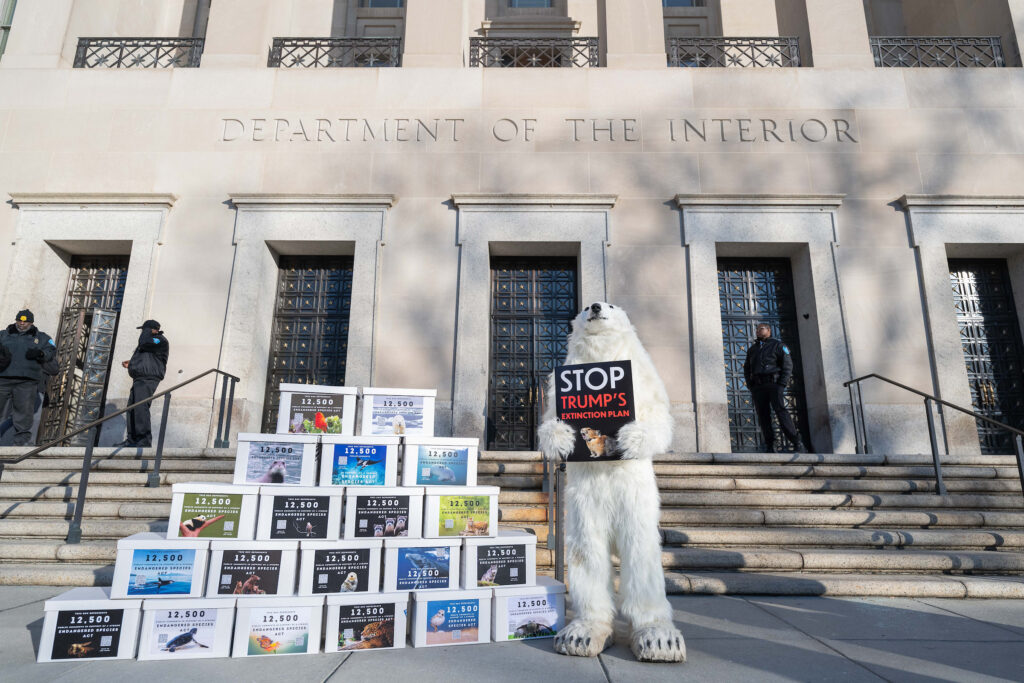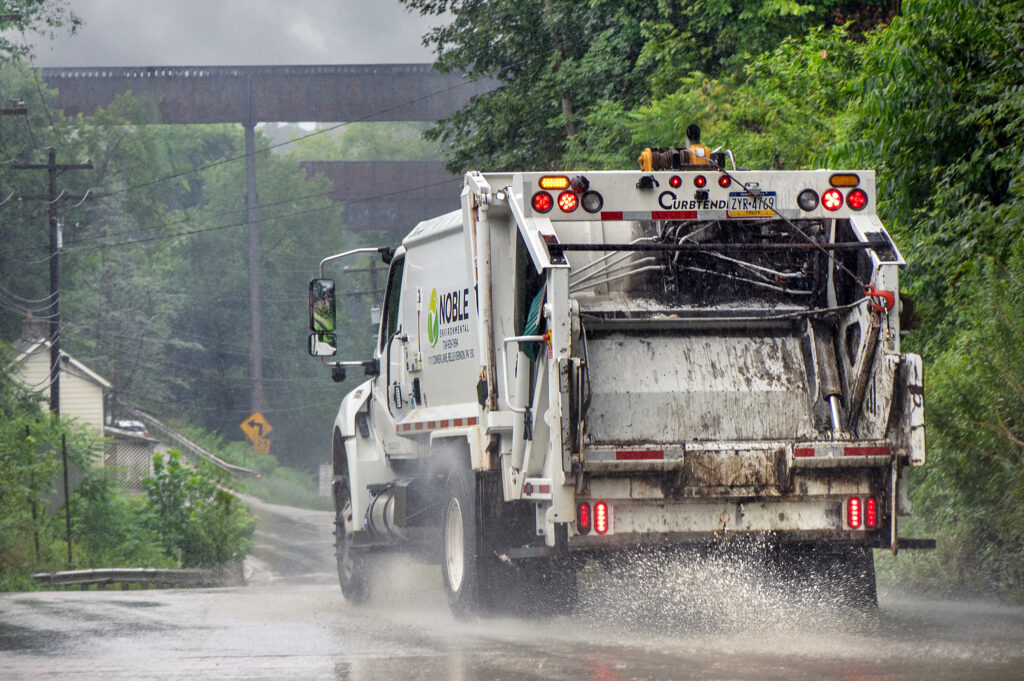HOMEWOOD, Ala.—Nine-year-old Ruby Banta thought it was a pretty simple choice, even for adults.
“This was the salamander’s habitat first,” she said after an afternoon soccer game. “It’s not a college habitat.”
Ruby was among the youngest of activists—sending a crayon-colored appeal to the City Council to save a sensitive salamander site—who had reason to celebrate this week. Officials at Samford University, a Baptist college just outside of Birmingham, announced a new location for sports fields in a planned commercial development that would have encroached on the habitat of the local spotted salamander population.
Dozens of Homewood residents, Samford community members and local environmentalists had opposed the earlier master plan of a development called Creekside. Homewood closely identifies with the salamander, which burrows on the slopes of Shades Mountain and migrates across South Lakeshore Drive every spring. For the past 20 years, the city has held a salamander festival to educate the public about its slippery spotted neighbor.
We’re hiring!
Please take a look at the new openings in our newsroom.
See jobs
At a press conference Monday, the chief executive of Landmark Development, the company contracted by Samford University to complete the project, claimed victory in saving the population that his company’s proposal had put at risk.
“I think we can stand up now and very confidently say, ‘We saved the salamanders,’” Robert Dunn said about the agreement among the city, the university and Landmark to redraw its plans. “The issues of concern did not fall on deaf ears.” The sports facilities are now planned to be built further west to avoid the salamander habitat.
Ruby’s mother, Allison Banta, explained that the girl had learned about the salamander’s dilemma by reading an Inside Climate News report over her mother’s shoulder one night. She “was immediately enthusiastic about figuring out how to help,” Banta said.
Ruby, who has a pet lizard named Popcorn, told her third-grade teachers about the situation. She drafted a letter to City Council members about the salamander’s plight. “Please don’t build there,” Ruby wrote, her crayon drawing of a yellow-spotted salamander adorning the top of the page. “Samford already has an amazing school.”
She recruited friends to shift an already-planned yard sale to benefit Friends of Shades Creek, an all-volunteer nonprofit organization in central Alabama that publicized the threat. “Save the spotted salamander,” the children’s cardboard sign read.

Ruby is no stranger to the salamander. After a soccer game Tuesday, she chatted about a trip she’d taken during its mating season. She ventured out in her pajamas on a rainy night to help the creatures cross a roadway to one of several vernal pools where they lay eggs.
“We had to help them cross because it’s a pretty big road,” Ruby said. “So we have to protect them.”
University of Alabama at Birmingham biologist Megan Gibbons was among the organizers of the broader community opposition to the development and was pleasantly surprised when she heard the change in plans.
“I expected this would be an uphill battle that would end in disappointment,” Gibbons said. “But this is a rare win for the environment.”
“This is SUCH GREAT news!” Alabama Rivers Alliance, a statewide network of groups aimed to protect water resources, posted on social media. “Thank you to Friends of Shades Creek, Cahaba Riverkeeper, Cahaba River Society and everyone else who spoke up for the spotted salamanders! Compromises and creative solutions can be found when the right voices are gathered and heard.”
The environmental nonprofit that benefited from Ruby’s yard sale praised the decision and process in a statement. “Friends of Shades Creek is profoundly grateful to Samford University and Landmark for their willingness to listen to our concerns about the salamander vernal pool habitat and open mindedness to find a new solution for Creekside East.”
“This is a rare win for the environment.”
— Megan Gibbons, University of Alabama at Birmingham biologist
Samford University’s president said this week that the residents provided useful information and helped all parties reconsider. The development, billed as a “livable town square environment” including shops and eateries, is part of the university’s plan to expand and enhance its campus.
“Like any large development, we needed to hear the feedback of our community and the citizens of Homewood. The largest concern that was voiced was ecological damage, not just the salamanders but also the watershed and other related issues,” university president Beck A. Taylor said in a statement.
“We considered the concerns of our community and we went back to the drawing board. We tried to find an equally attractive opportunity or alternative. We found it. In fact, I would argue that it’s a much better alternative for us.”
Residents express their concerns about the Creekside development during a March meeting. Credit: Lee Hedgepeth/Inside Climate News
Gibbons said the new plan shows that positive change can happen when residents band together. Ruby and her friends were a notable example, she said.
The yard sale, she said, is “motivating for other kids. It’s motivating for neighbors, and it should be motivating for an institution like Samford.”
Despite this win, the threat of habitat loss for salamanders and other plants and animals is ever present, she said.
Research shows that spotted salamander populations are on the decline.
Three out of every five salamander species are at risk of extinction. Of the many threatened amphibian species, more than 90 percent face habitat loss, the most common threat.
“You can name any animal or plant, and if they’re in trouble—if their populations are in decline—the main reason is probably because of unbridled development. Development that’s not taking into account the environmental circumstances and the plants and animals that live there,” Gibbons said.
Even small wins in the face of imminent development are encouraging, she said.
“If we have more outcomes like this, maybe we can begin to reverse this pattern of habitat loss and destruction,” Gibbons said. “We need to be careful about where we’re developing and develop in an environmentally conscious way. It’s a constant battle, but we have to show up to the fight.”
About This Story
Perhaps you noticed: This story, like all the news we publish, is free to read. That’s because Inside Climate News is a 501c3 nonprofit organization. We do not charge a subscription fee, lock our news behind a paywall, or clutter our website with ads. We make our news on climate and the environment freely available to you and anyone who wants it.
That’s not all. We also share our news for free with scores of other media organizations around the country. Many of them can’t afford to do environmental journalism of their own. We’ve built bureaus from coast to coast to report local stories, collaborate with local newsrooms and co-publish articles so that this vital work is shared as widely as possible.
Two of us launched ICN in 2007. Six years later we earned a Pulitzer Prize for National Reporting, and now we run the oldest and largest dedicated climate newsroom in the nation. We tell the story in all its complexity. We hold polluters accountable. We expose environmental injustice. We debunk misinformation. We scrutinize solutions and inspire action.
Donations from readers like you fund every aspect of what we do. If you don’t already, will you support our ongoing work, our reporting on the biggest crisis facing our planet, and help us reach even more readers in more places?
Please take a moment to make a tax-deductible donation. Every one of them makes a difference.
Thank you,

















